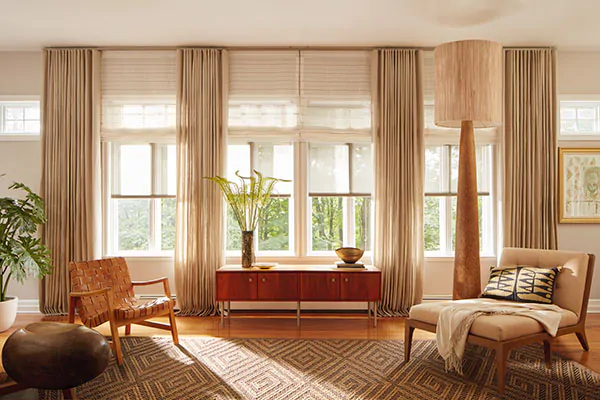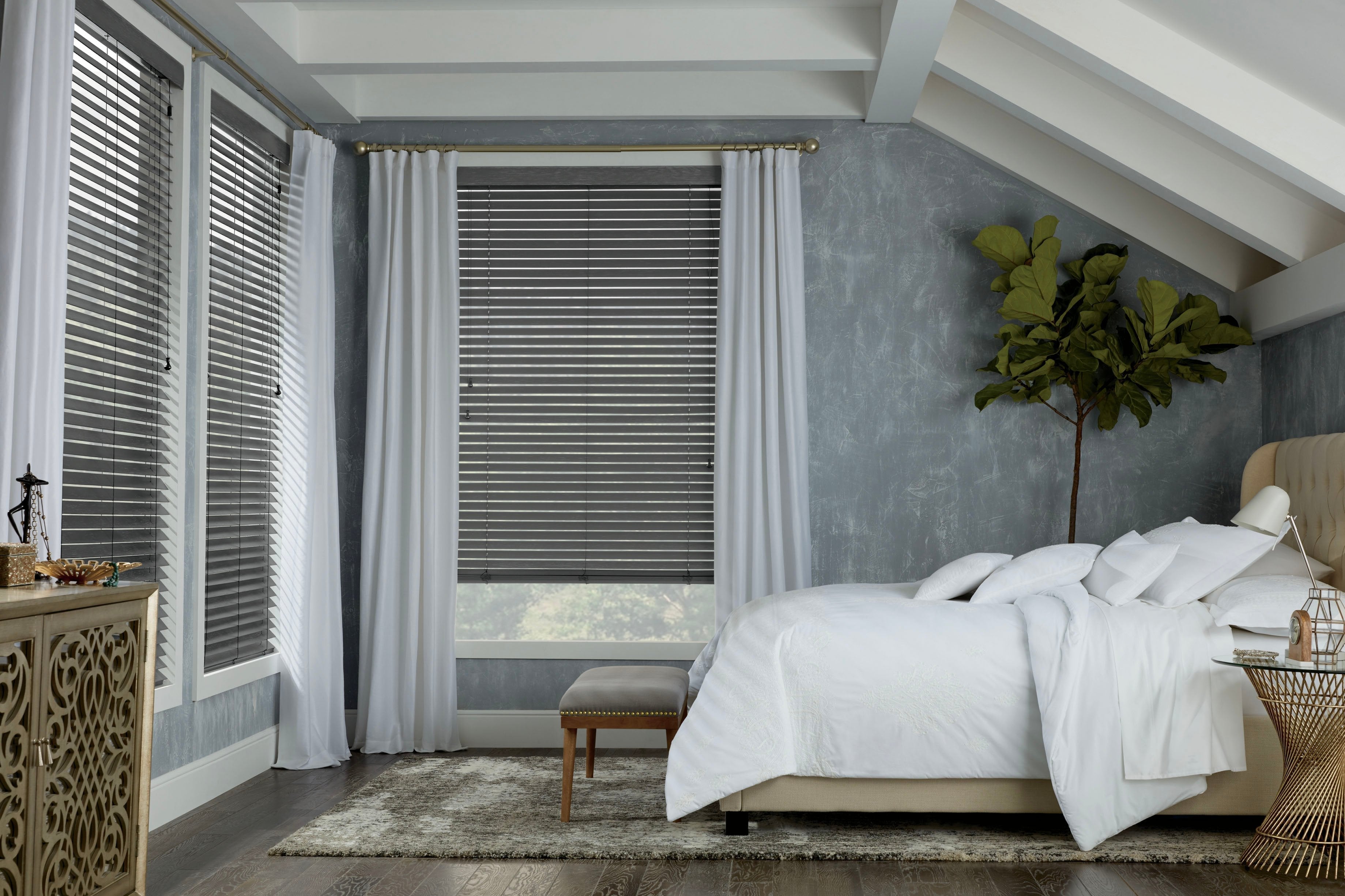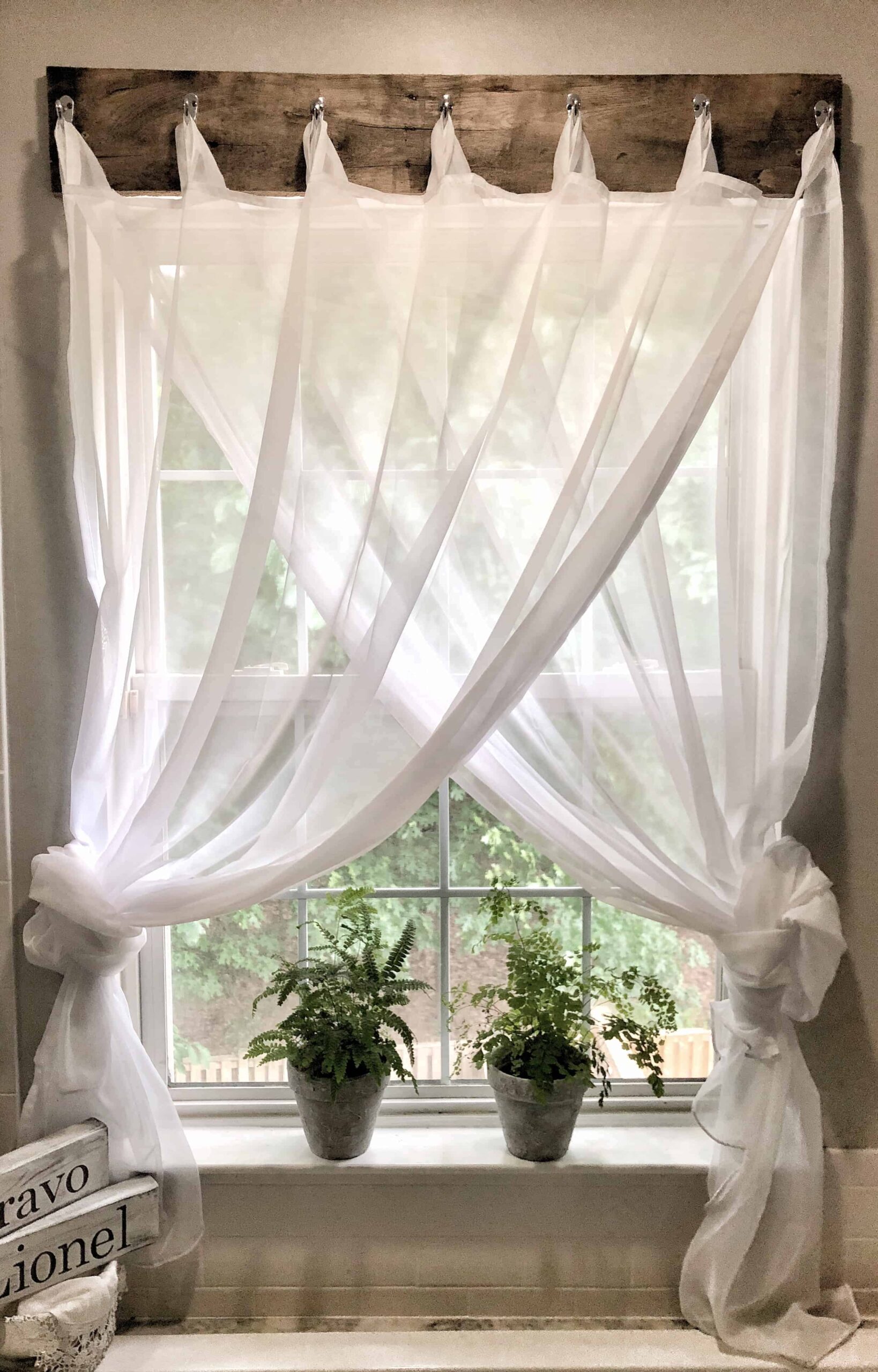The Ultimate Overview to Blinds: Types, Advantages, and Choosing the Right Suitable For You
The globe of window treatments is huge and differed. Blinds come in countless designs, each offering unique advantages for different settings. Understanding these alternatives is important for making informed decisions. Additionally, factors like product selection and space performance play a considerable role. As one considers the perfect equilibrium in between looks and usefulness, the nuances of determining and maintaining blinds additionally become crucial elements. What should one focus on when choosing the ideal home window option?
Sorts of Blinds: A Detailed Summary
Blinds act as both useful and aesthetic elements in indoor style, offering numerous options to match diverse choices and requirements. Amongst the most preferred types are Venetian blinds, identified by horizontal slats that can be adjusted for light control and privacy. Roller blinds, recognized for their simplicity and versatility, can be found in a series of patterns and materials, making them ideal for traditional and modern setups. Vertical blinds, commonly made use of for larger windows or moving doors, permit easy modification and are typically made from material or vinyl.
Roman blinds, with their stylish folds, include a touch of elegance to any kind of space, while cellular tones provide insulation and power effectiveness. Additionally, bamboo blinds provide an all-natural, eco-friendly option, instilling rooms with heat. Each kind has unique attributes and designs, guaranteeing home owners can locate the perfect suitable for their details design and useful demands.
Advantages of Setting Up Blinds in Your Home
The setup of blinds in a home supplies a number of significant advantages. They offer boosted privacy control, enabling house owners to control visibility from the exterior. Furthermore, blinds contribute to power performance by assisting to take care of indoor temperature levels, minimizing the dependence on heating and cooling systems.
Enhanced Personal Privacy Control
Installing blinds uses a significant advantage in personal privacy control when property owners seek to improve their living rooms. Blinds give a flexible remedy for managing exposure from both the exterior and interior of the home. By adjusting the slats or raising the blinds, individuals can easily manage the quantity of light entering while concurrently obstructing the sight from outside. This adaptability permits homeowners to create a comfortable ambience without giving up all-natural light. Furthermore, different designs and products are available, making sure that home owners can choose alternatives that seamlessly blend with their design while enhancing personal privacy. Ultimately, the installation of blinds serves as an effective ways to protect personal area, motivating leisure and tranquility of mind within the home setting.
Power Efficiency Improvement
Setting up blinds not only boosts personal privacy however likewise significantly contributes to energy effectiveness in the home. By controling natural light and minimizing warmth transfer, blinds can aid maintain a constant indoor temperature. During warmer months, shutting blinds can obstruct out too much sunlight, thus reducing the dependence on air conditioning. Alternatively, in cooler months, they can offer insulation by capturing heat, minimizing home heating costs. In addition, energy-efficient blinds, such as cellular shades, are made specifically to reduce energy loss. By spending in high quality blinds, house owners can create a much more comfortable living setting while also lowering power costs. Eventually, the installation of blinds works as a practical service for those looking for to improve both convenience and power efficiency in their homes.
Exactly how to Pick the Right Blinds for every Space
Just how can one identify the most suitable blinds for each and every room in a home? The option procedure starts with evaluating the area's purpose and setting. In living areas, flexible blinds that allow light control while guaranteeing privacy are optimal. In bed rooms, blackout blinds can enhance sleep quality by shutting out exterior light.
Bathrooms and kitchens call for moisture-resistant choices to hold up against moisture, making vinyl or synthetic wood blinds suitable options. Furthermore, the preferred aesthetic plays a crucial role; coordinating blinds with the space's decoration improves the general atmosphere.
Consider the amount of all-natural light each room gets; lighter blinds may be more suitable for dark areas, while darker options can add warmth to sunlit spaces. Ultimately, recognizing certain needs and preferences for capability and design will certainly direct property owners in making educated choices tailored to each space's distinct requirements.
Material Options: Timber, Plastic, Textile, and Extra

Wood Blinds Conveniences
Wood have a peek at these guys blinds are a preferred choice amongst property owners looking for a blend of appearances and performance. One significant advantage of timber blinds is their natural elegance, providing a cozy and inviting appearance that boosts any type of indoor decor. They are readily available in various surfaces and shades, enabling for customization to match personal design. Furthermore, timber blinds provide exceptional light control and personal privacy, as their slats can be easily adapted to filter sunshine while maintaining seclusion. Their longevity is another benefit; with correct care, wood blinds can last for many years without shedding their allure (Phoenix window coverings). Furthermore, they have protecting residential or commercial properties, helping to control indoor temperature levels and possibly reducing power costs. On the whole, wood blinds merge beauty and functionality, making them a perfect option for several houses
Plastic Resilience Includes
Vinyl blinds stick out for their exceptional sturdiness, making them a sensible selection for numerous settings. These blinds are immune to wetness, making them suitable for locations such as bathroom and kitchens where moisture can be a concern. Unlike wood, vinyl does not warp, crack, or discolor under sunshine, guaranteeing lasting performance and marginal upkeep. Additionally, they are available in a selection of shades and styles, enabling home owners to tailor their look without sacrificing durability. Plastic blinds are likewise easy to tidy; a straightforward clean with a moist fabric is usually sufficient to keep them looking fresh. Overall, their resilience and reduced maintenance make vinyl a popular alternative among property owners seeking both functionality and visual charm.

Textile Alternatives Summary
Blinds can be found in a range of material options that accommodate various aesthetic and useful requirements. Common products include material, timber, and plastic, each offering unique advantages. Timber blinds offer a traditional, warm aesthetic and outstanding insulation but call for upkeep to avoid bending. Plastic blinds are durable and moisture-resistant, making them perfect for high-humidity areas like bathroom and kitchens. Material blinds, readily available in numerous shades and patterns, supply adaptability and soft qualities, improving home decor while offering differing levels of light filtration. Additionally, alternatives like synthetic timber use the appearance of natural timber with included resilience. When selecting blinds, it is critical to evaluate the certain demands of each space to assure peak efficiency and style.
Measuring and Setting Up Blinds: Tips for Success
Although determining and mounting blinds may appear simple, careful interest to information is essential for attaining an ideal fit. First, it is important to determine the window structure precisely, keeping in mind both the width and elevation. For within installs, deduct a percentage from the width to guarantee a tidy fit, while outdoors mounts should prolong past the frame for better light control and aesthetics. Making use of a steel measuring tape is advised for precision.
When installing, collect all essential tools, such as a level, drill, and screws. Following the manufacturer's instructions is important to assure proper installation. It is suggested to pre-drill holes to stop damaging the brackets. Additionally, having a second person can make the process smoother, especially when lifting much heavier blinds. Lastly, after installation, test the callous verify they run smoothly and readjust as required for maximum functionality.
Upkeep and Look After Durable Blinds
Correct maintenance and care can substantially extend the lifespan of window coverings. Routine dusting is vital; using a soft fabric or a microfiber duster can properly get rid of dust without scratching surface areas. For deeper cleansing, a gentle option of soap and water is recommended, applied with a soft sponge, assuring that no moisture leaks right into the devices.
For fabric blinds, spot cleaning is advisable, while wood blinds should be treated with a wood-safe cleaner to keep their finish. Prevent exposing blinds to excessive wetness, heat, or direct sunlight, which can bring about bending or fading.
Furthermore, routine assessment of devices and cords can avoid deterioration. It's important to comply with producer standards for details materials, as different blinds might have one-of-a-kind treatment needs. By embracing these simple upkeep methods, house owners can guarantee their blinds continue to be useful and aesthetically pleasing for several years to come.
Frequently Asked Inquiries
Can Blinds Help Reduce Energy Costs in My Home?
Blinds can efficiently minimize energy prices in a home by supplying insulation, obstructing warm during summertime, and keeping warmth in winter season. Their capacity to manage light and air circulation enhances energy efficiency throughout the year.
Exist Child-Safe Options for Blinds?
Yes, there are child-safe alternatives for blinds. These consist of cordless styles, retracting cables, click to read and security tools that remove dangling cords, guaranteeing a safe and secure atmosphere for children while maintaining capability and visual allure in homes.

Exactly How Do Blinds Contrast to Shades or drapes?
Blinds typically use more precise light control and room efficiency than drapes or tones. Phoenix blinds repair. They are often less complicated to preserve and cleanse, while drapes provide a softer aesthetic, and tones can use differing insulation advantages
Can I Personalize the Design And Color of My Blinds?
Yes, blinds can be customized in both color and style. Numerous manufacturers use a wide variety of choices, enabling consumers to choose materials, patterns, and colors that fit their individual visual and home decor.
What Is the Ordinary Lifespan of Various Kinds Of Blinds?
The typical lifespan of blinds differs: timber blinds last 5-10 years, fake timber 7-10 years, aluminum 5-10 years, and textile tones around 5 years, depending on upkeep, direct exposure, and usage to sunshine.
Restrooms and cooking areas require moisture-resistant choices to withstand humidity, making plastic or synthetic wood blinds ideal choices. Wood blinds offer all-natural appeal and warmth, while vinyl provides longevity and simplicity of upkeep. One substantial advantage of wood blinds is their all-natural charm, offering a cozy and inviting look that enhances any type of indoor style. Furthermore, wood blinds provide exceptional light control and personal privacy, as their slats can be quickly adjusted to filter sunlight while maintaining privacy. For fabric blinds, spot cleaning is a good idea, roller shades near me while wood blinds need to be treated with a wood-safe cleaner to preserve their coating.